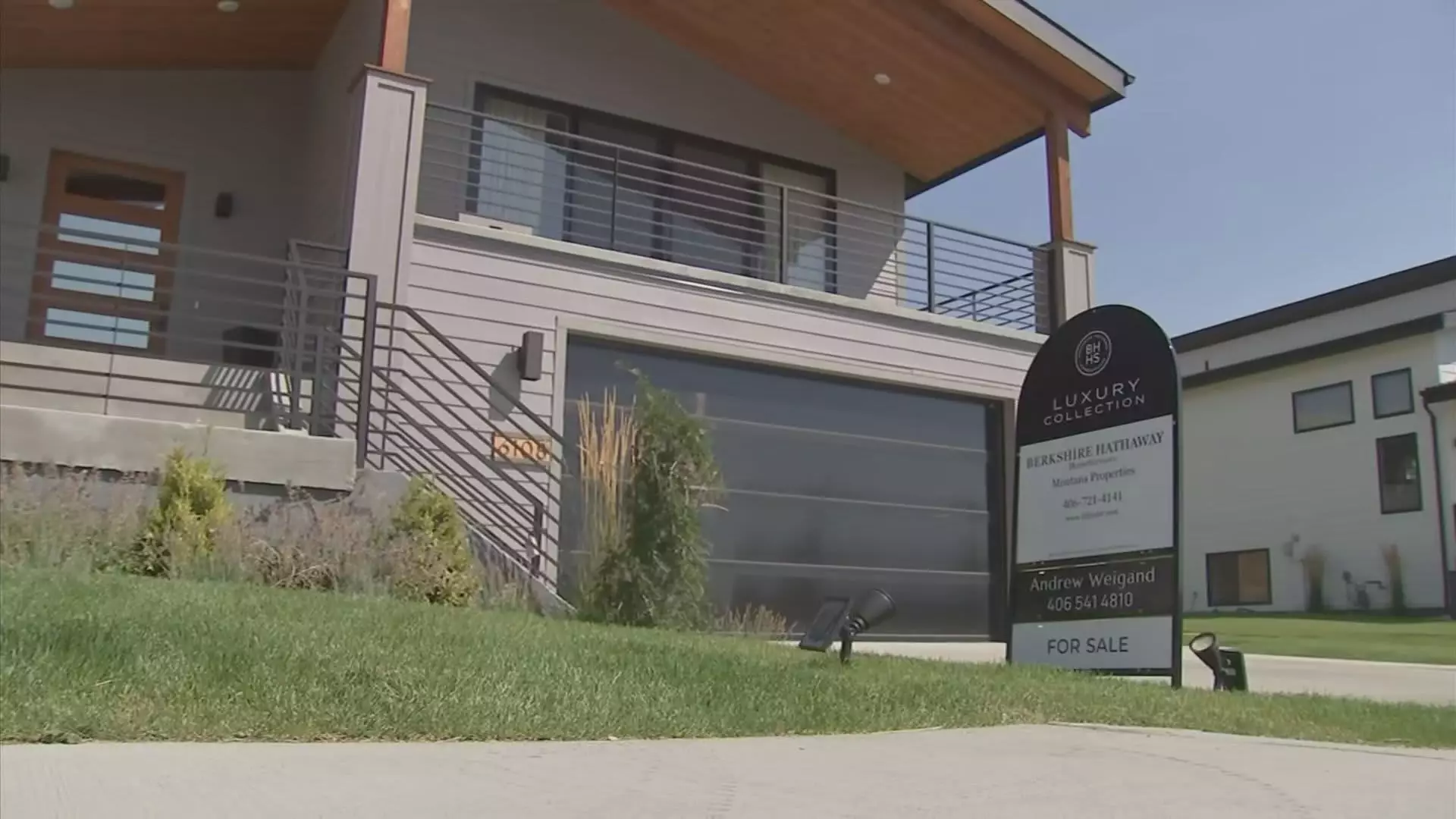The path to homeownership has drastically changed, particularly for first-time buyers looking for starter homes. As the spring of 2025 approaches, those seeking entry-level properties face an increasingly daunting landscape. The concept of a “starter home” often conjures images of quaint, modestly-sized houses ideal for new families or young professionals. However, the reality is stark; the traditional starter homes are becoming increasingly scarce, and this trend shows no signs of reversing.
Starter homes are generally understood to be those houses smaller than 1,400 square feet, catering specifically to buyers entering the housing market. However, recent statistics illustrate a concerning decline: only 9% of new homes built in 2023 fell under this threshold, a stark contrast to the 40% figure recorded back in 1982. This shift in housing stock reflects not just a change in market dynamics but also highlights systemic challenges rooted in the way housing is constructed and regulated.
Expert analyses point towards restrictive zoning regulations as a primary culprit for the disappearance of starter homes. These local laws govern land use and the types of properties that can be developed, effectively limiting builders’ flexibility. As a result, the costs involved in constructing homes have escalated, discouraging the building of more affordable options. Sam Khater, chief economist at Freddie Mac, articulates this sentiment clearly, noting that builders are not simply ignoring market demands but are instead constrained by the exorbitant costs associated with construction.
The challenge is compounded by the sobering reality that from January 2020 to October 2024, home prices across the nation surged by an average of 52%. Factors such as increased labor and materials costs, along with skyrocketing land prices, have made it financially untenable for many builders to construct anything but upscale properties. Selma Hepp, chief economist at CoreLogic, underscores this point, emphasizing that while labor and materials prices rose by about 50% over the past decade, land costs escalated by an astonishing 125%.
The collapse of the housing market during the 2007-2008 financial crisis dramatically transformed the homebuilding industry. Following this tumultuous period, many builders consolidated their operations, leading to a drastic reduction in annual new home construction rates. These rates have remained historically low compared to the levels documented in the early 2000s, further exacerbating the housing supply shortage.
Potential buyers are caught in a challenging dynamic, as many existing homeowners opt to remain in their current properties due to favorable mortgage rates. This has led to an ongoing shortage of available homes for sale, forcing prices to continue climbing, despite mortgage rates hovering around 7%.
The implications of these evolving market conditions are particularly pronounced for first-time buyers. Approximately 3 million individuals are navigating this unique market, which is marked by a historically low proportion of first-time homebuyers juxtaposed with a record high of all-cash purchasers. Jessica Lautz, the deputy chief economist at the National Association of Realtors, points out that first-time buyers are facing the highest median age on record—38 years—compared to just 29 years in 1981. This delay in entering the housing market reflects not only financial barriers but also shifting societal norms and expectations surrounding homeownership.
As the housing landscape evolves, addressing the lack of affordable starter homes is imperative. The growing gap between supply and demand, combined with costly regulatory burdens, suggests that proactive measures must be taken. Solutions may include revisiting zoning laws, fostering innovative construction methods, or incentivizing the development of entry-level housing.
The crisis faced by first-time homebuyers in the U.S. is not merely a reflection of market fluctuations but is rooted in long-standing institutional challenges. As 2025 approaches, it remains critical for policymakers, builders, and community leaders alike to collaborate on sustainable solutions that promote accessibility and affordability in homeownership, ensuring that the dream of owning a home does not remain an elusive aspiration for future generations.

